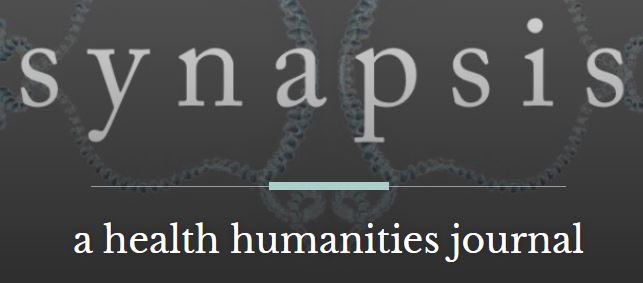Instructors: Lee B. Abraham and Stephane A. Charitos
The 21st century is shaping up to be the century of cities. By 2050, and at the current rate of urbanization, two-thirds of all people on the planet are projected to live in urban centers or clusters and cities will become the key demographic locus of the future. As a consequence, not only will cities become increasingly central to an understanding of modern life, but they could also potentially displace the state as both an essential spatial unit for the organization of territory and a critical container of social processes (Sassen, 2006).
Cities have always been, and will always be, a privileged arena of language contacts. They remain a strategic site where one can encounter multilingualism – a phenomenon that is the inevitable consequence of the constant intermingling of a multiplicity of ethnicities and cultures in a shared geographic space. While multilingualism can be extraordinarily complex to capture, it can also be a revealing lens for investigating social and cultural history in a broad range of urban contexts. Studying multilingualism against the backdrop of an urban environment allows for a rich and textured account of how the changing types of interaction between spaces and languages fundamentally inflects a city’s cultural history.
This course seeks to bring New York City and multilingualism into conversation in order to throw light on the cultural history of New York as a multilingual city in which multiple cultures and languages co-exist, interact and lay claim to an ever-changing urban landscape. Focusing on the history and present state of various languages in the New York landscape, the course will explore urban multilingualism through a variety of critical, theoretical, and cultural lenses that will expand our understanding of the relationship between the spatial organization of a city and its linguistic profile.
The course will balance readings, in-class presentations and discussions, and guest speakers with off-campus field trips to challenge students to develop the necessary tools and competences needed to engage with multilingualism both in New York as well as in other cities that might be characterized by a different multilingual typology. Although fluency in a second language is not required, it is highly recommended. This course will also offer numerous opportunities for those of you currently enrolled in a language course to enrich and extend the content of this course by taking your language study “out of the classroom.”


